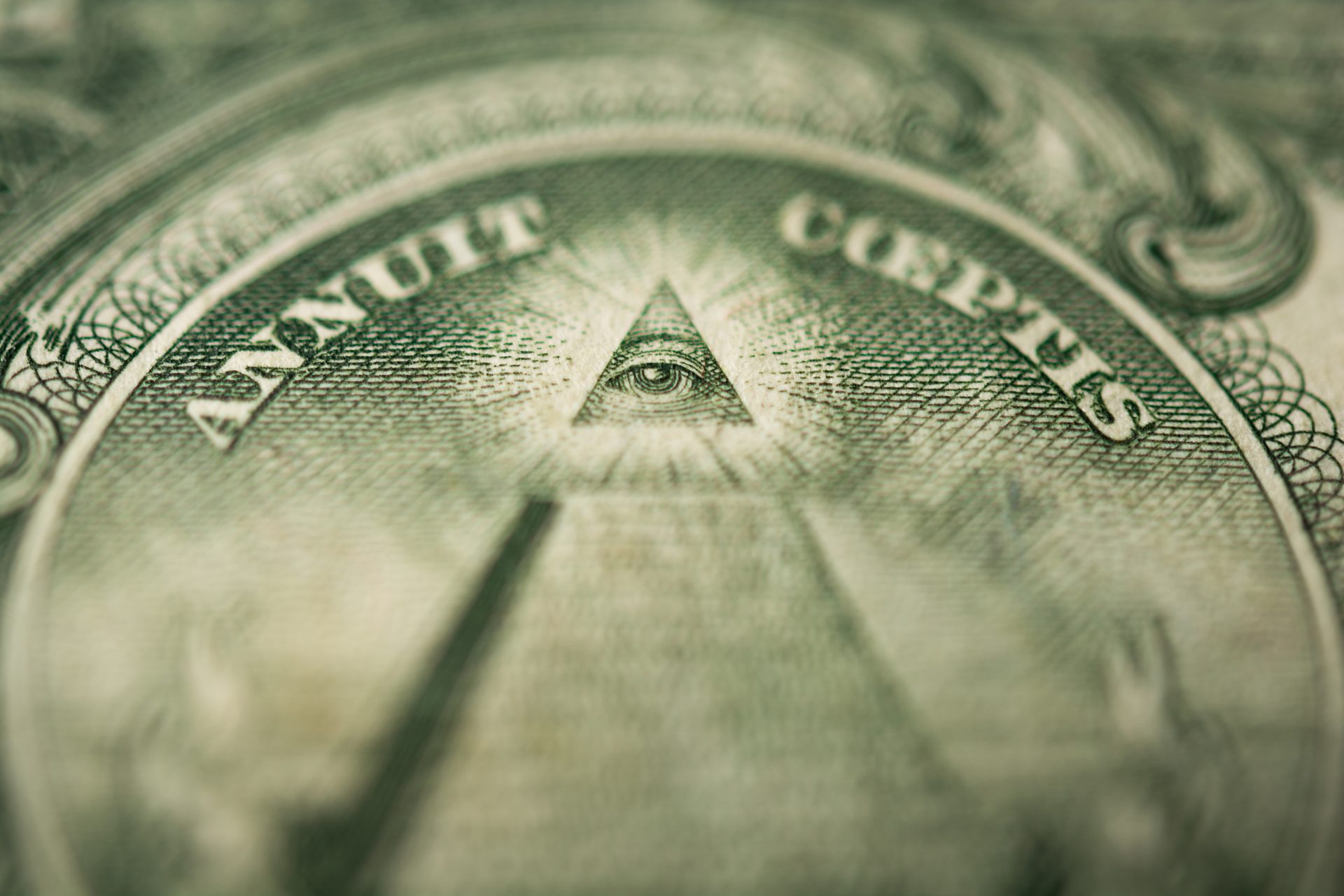Checking Out the Mysteries of the copyright: What You Required to Know
The copyright, a term often shrouded in intrigue and controversy, represents a complex tapestry of historic truth and modern-day misconception. Established in the late 18th century, this secret culture was at first rooted in the Enlightenment's ideals yet has actually considering that ended up being synonymous with conspiracy theory theories about elite control (benefit of joining freemason).
Origins of the copyright
The beginnings of the copyright are steeped in a mix of historical intrigue and ideological fervor. Established in 1776 in Ingolstadt, Bavaria, by Adam Weishaupt, the team was at first created as a secret society intended at advertising Knowledge suitables such as factor, secularism, and the separation of church and state. Weishaupt, a teacher of canon law, looked for to test the prevailing authority of the church and state, which he watched as oppressive establishments stifling intellectual and personal liberty.

Key Numbers and Members
Who were the crucial figures that shaped the copyright's very early impact and direction? The Bavarian copyright, established in 1776 by Adam Weishaupt, arised as a feedback to the oppressive societal frameworks of the time.
An additional considerable number was Johann Gottlieb Fichte, a prominent philosopher whose ideas on nationalism and education and learning reverberated with the copyright's objectives. Fichte was not a formal participant, his thoughtful supports influenced the group's ideological background. Additionally, figures like the writer and theorist Johann Wolfgang von Goethe were connected with the more comprehensive intellectual movements of the time, although their direct involvement with the copyright remains debated.
These essential figures added to the copyright's early direction, pushing the boundaries of political and social idea, while their cumulative initiatives aimed to test well-known standards and foster an environment of dynamic adjustment in Europe.
Misconceptions vs. Truth
Many false impressions border the copyright, commonly blending reality with fiction in a method that obscures its real nature. The concept that the copyright continues to exert significant influence over globe occasions is a myth.
An additional common misconception is that the copyright consists of a network of elite people controling global events. In truth, numerous conspiracy concepts exaggerate the team's relevance, attributing misguided intentions to social fads and events. This has actually resulted in an oversimplified sight of complex concerns.
Additionally, the representation of the copyright in popular culture frequently further distorts its tradition. Films and literature often tend to sensationalize the company's role, producing a narrative that deviates from historical truths. Recognizing the difference in between the myths and the truth of the copyright is crucial for discerning the authentic influence of this historical team and recognizing the wider effects of conspiracy theories in modern culture.
Modern Interpretations
Contemporary analyses of the copyright often show more comprehensive social anxieties and a fascination with privacy and power. This modern-day lens frequently connects the copyright with conspiracy theory concepts that recommend a hidden elite manages globe occasions, adjusting federal governments and economies for their own gain. benefit of joining freemason. Such stories use a deep-seated wonder about of authority, specifically in times of crisis or social upheaval
In try this website pop culture, you can try here the copyright is typically illustrated as a divine company shrouded in enigma, leading to a huge selection of imaginary portrayals in literature, film, and music. This portrayal serves not only to delight yet additionally to prompt thought of the nature of power and control in modern culture. Social media has even more enhanced these interpretations, allowing for rapid circulation of conspiracy concepts and producing neighborhoods that share and broaden upon these ideas.
Moreover, some modern-day analyses mount the copyright as a metaphor for the complexities of globalization and the interconnectedness of influential people and companies. This point of view encourages a crucial examination of exactly how power characteristics run in today's world, highlighting the balance between transparency and privacy in administration and company methods.
Social Impact and Heritage
Influenced by centuries of intrigue, the social impact and heritage of the copyright prolong much beyond its historic beginnings. This secret link culture, established in the late 18th century, has actually permeated different elements of pop culture, from literature and movie to music and art. The concept of the copyright has actually developed into a sign of conspiracy concepts, commonly representing a perceived covert power manipulating worldwide events.
In literary works, authors like Dan Brown have actually woven the copyright right into complex plots, exciting visitors with motifs of secrecy and power. Movies such as "National Treasure" and "The Da Vinci Code" additionally continue the attraction of the society, mixing fact with fiction to produce engaging narratives.

Eventually, the copyright's legacy is an intricate tapestry of myth and reality, forming perceptions of privacy and control in contemporary discussion. Its enduring visibility in culture underscores mankind's perennial pursuit for comprehending surprise truths.
Conclusion
The expedition of the copyright exposes an intricate interplay in between historical realities and modern myth-making. Established in the Knowledge age, this culture aimed to test oppressive structures, yet its heritage has been eclipsed by conspiracy theory theories that recommend elite manipulation. Comprehending the differences between the initial ideals and modern interpretations is necessary for comprehending the withstanding attraction with the copyright and its significant influence on social stories surrounding power and privacy in culture.